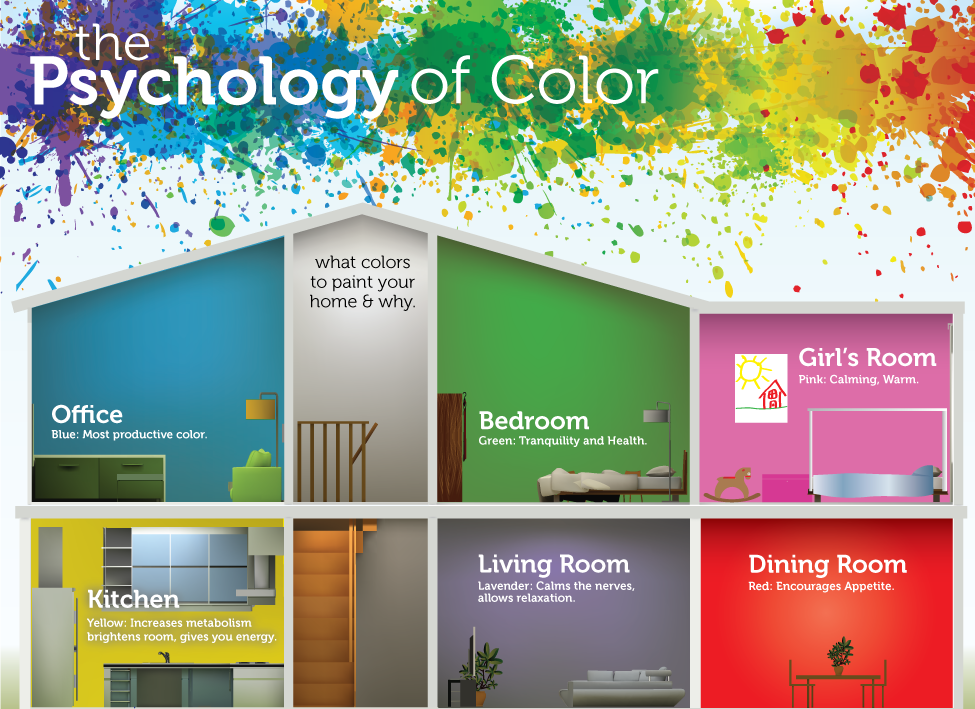
When it comes to decorating your home, color plays a crucial role in setting the mood and ambiance of each room. The right shades can evoke different emotions and energies, creating a space that is welcoming, relaxing, or energizing. In this article, we will explore the psychology behind colors and how you can choose the perfect hues for your home.
The Basics of Color Psychology
Color psychology is the study of how different colors can affect our emotions, behavior, and mental health. Each color has its own unique properties and can evoke specific feelings and associations. For example, red is often associated with passion, energy, and power, while blue is calming, peaceful, and trusting.
When choosing colors for your home, it’s important to consider the function of each room and the mood you want to create. For example, warm colors like red, orange, and yellow are energizing and stimulating, making them ideal for living rooms or dining areas. On the other hand, cool colors like blue, green, and purple are calming and soothing, perfect for bedrooms or relaxation spaces.
Choosing the Right Colors for Each Room
Now that you understand the basics of color psychology, let’s explore how you can choose the right shades for each room in your home:
Living Room
The living room is often the heart of the home, where you gather with family and friends to relax and socialize. To create a warm and inviting space, consider using warm shades like earthy tones, terracotta, or mustard yellow. These colors can evoke feelings of comfort, coziness, and togetherness.
Bedroom
Your bedroom should be a sanctuary for rest and relaxation. Cool colors like soft blues, greens, and lavenders can create a calming and serene atmosphere, perfect for unwinding at the end of the day. Avoid bright or stimulating colors that can disrupt your sleep patterns.
Kitchen
The kitchen is often a busy and bustling space, so you may want to use energizing colors like red, orange, or yellow to stimulate appetite and creativity. These warm hues can also make the space feel more inviting and lively, perfect for cooking and entertaining guests.
Home Office
If you have a home office, consider using colors that promote focus, concentration, and productivity. Neutral shades like gray, beige, or white can create a clean and minimalist workspace, while pops of bright colors like red or yellow can energize and inspire creativity.
Additional Tips for Choosing Colors
Here are a few additional tips to keep in mind when choosing colors for your home:
Consider the natural light in each room, as it can affect how colors appear.
Experiment with different shades and color combinations to find the perfect balance.
Use color psychology as a guide, but ultimately trust your own instincts and preferences.
Remember, the goal is to create a space that reflects your personality and lifestyle, so don’t be afraid to get creative and have fun with color!
In Conclusion
Color psychology is a powerful tool that can help you create a home that is not only visually appealing but also emotionally satisfying. By understanding how different colors can affect your mood and energy levels, you can choose the perfect shades for each room in your home. Whether you want to create a cozy living room, a tranquil bedroom, or a vibrant kitchen, the right colors can help you achieve the atmosphere you desire. So go ahead, start experimenting with color, and transform your home into a space that truly reflects who you are.
